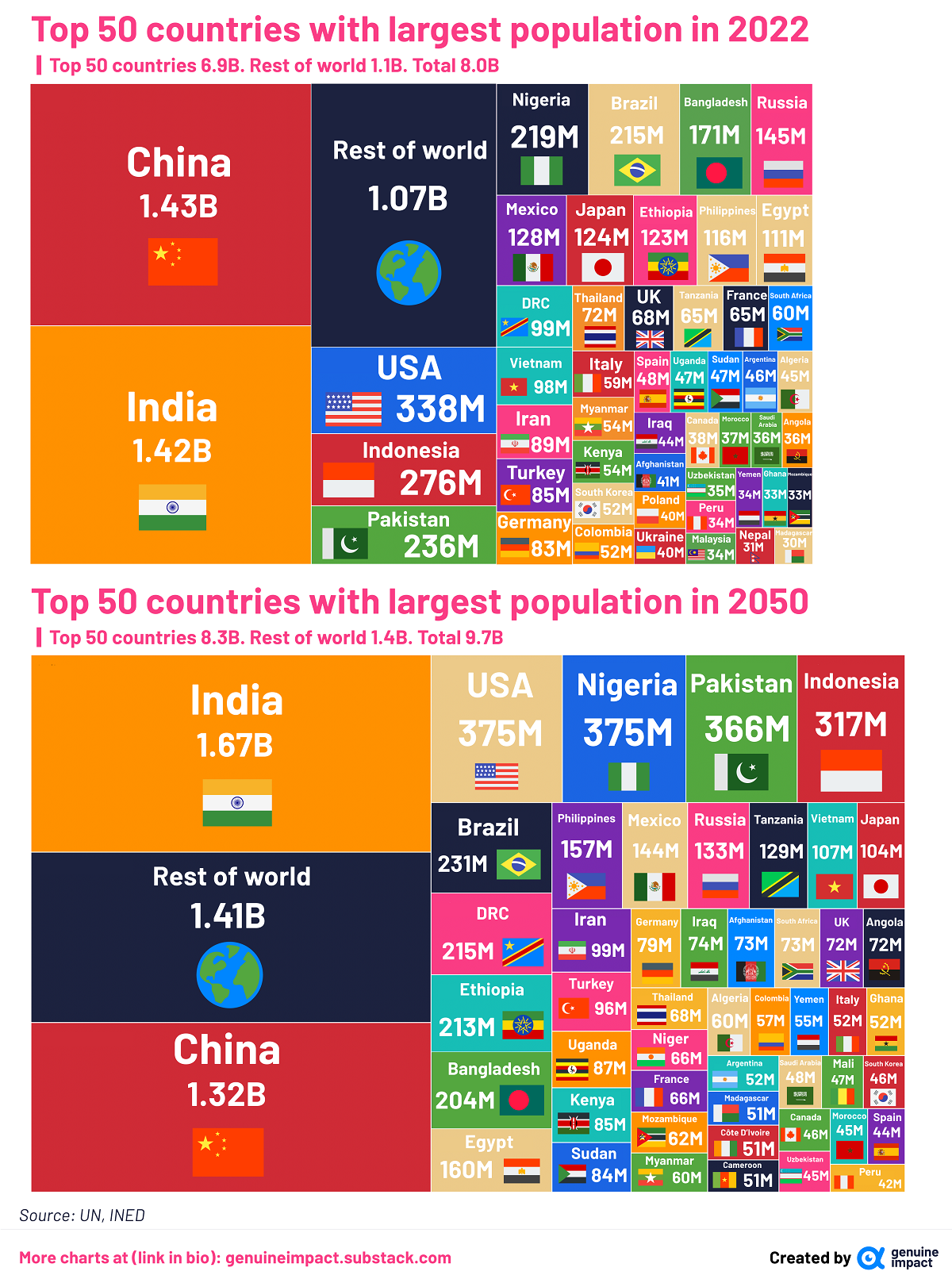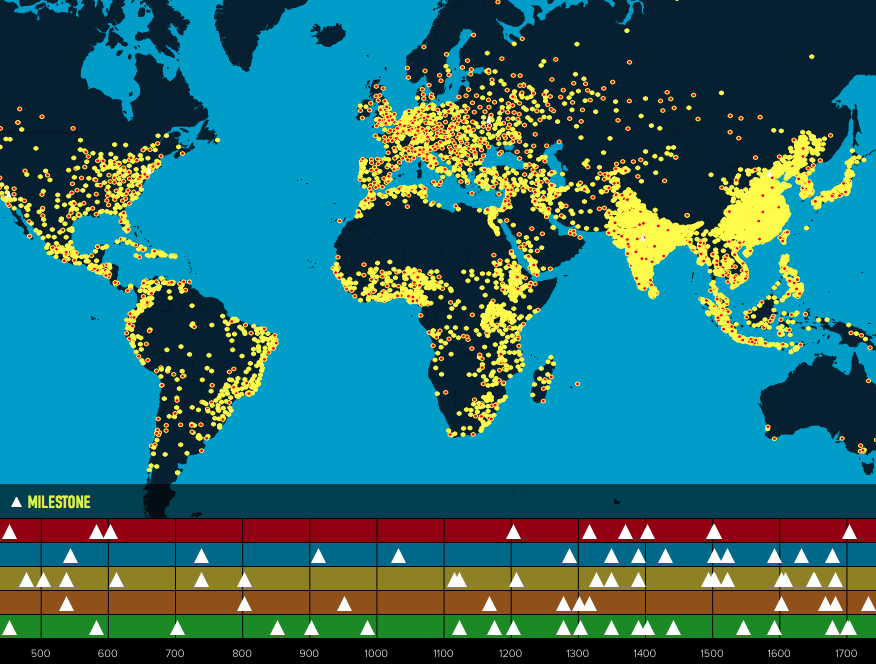The Population Of Iran - A Look At Its People
Thinking about the people who make up a nation can be quite interesting, and Iran, a country with a long and rich past, offers a fascinating example of how populations can grow and change over time. From its deeply rooted history to its vibrant present, the number of people living in this part of the world has seen some truly remarkable shifts, shaping its story in significant ways.
You know, when we consider a place like Iran, which is actually in Asia and widely recognized for its truly ancient Persian ruins and its striking Islamic architecture, it's pretty clear that the human element is central to its identity. The sheer number of people living there, and how that number has moved up and down, gives us a very real sense of the country's journey through the years, so it's almost a living record.
It's not just about a simple count, either; it's about understanding the big picture of how a society evolves. We're talking about how many people are born, how many pass away, and how many move in or out, all of which paint a picture of a nation's human landscape. This look at Iran's people gives us a unique way to connect with its ongoing narrative, is that not right?
- How Was Project X Made
- Sabrina Carpenter Childhood
- Prosecutor Oj Simpson
- Mecca Morgan White
- Penelope Cruz Ethnicity
Table of Contents
- How Has Iran's Population Changed Over Time?
- Early Growth of the Population of Iran
- What Are the Latest Figures for the Population of Iran?
- Current Numbers for the Population of Iran
- How Does Iran's Population Compare Globally?
- Iran's Place in the World Population Rankings
- What Factors Influence the Population of Iran?
- Looking Ahead for the Population of Iran
How Has Iran's Population Changed Over Time?
When you look back at the way Iran's human numbers have moved, it's quite something to consider. Back in 2016, a careful count of the people living there showed a total of 79.9 million. That figure, if you think about it, represents a truly significant jump, a four-times increase, since the mid-1950s, specifically from 1956. This kind of expansion really tells a story about the country's development and the many lives that have come to be there, very interesting to reflect on.
Early Growth of the Population of Iran
There was a period, between 1976 and 1986, where the growth of the population of Iran saw a particularly swift pace. During those years, the number of people living in the country grew by nearly 4% each year, on average. This kind of yearly increase is quite a lot, and it points to a time of considerable expansion for the nation's human presence. It suggests a phase where many new lives were beginning, contributing to a rapid swelling of the overall count, so it was a time of real demographic momentum.
What Are the Latest Figures for the Population of Iran?
Getting a precise handle on the current number of people in any country can be a bit of a moving target, and Iran is no different. Different estimates sometimes offer slightly different pictures, but they all point to a very large and growing group of people. For instance, some reports say that Iran is home to about 92.4 million people right now, which actually places it as the 17th largest country in the world when it comes to human numbers. This figure is pretty substantial, making Iran a major player on the global stage, population-wise.
- Project X Original Story
- Lady Gaga Age 2025
- Star Themed Words
- When Is Lady Gagas Birthday
- Chatgpt Plus Availability Iran Payment
Current Numbers for the Population of Iran
Looking at some of the more recent estimates, you can see how these numbers keep shifting. For the year 2024, the total population of Iran is expected to be around 91,567,738 people, or about 91.57 million. This figure comes from the latest United Nations estimates for 2024, specifically as of July 1st. It's interesting to note that all of this information is based on the 2024 edition of the UN World Population Prospects, which is a pretty reliable source for these kinds of details. It shows a continuous, steady upward trend, is that not so?
If we look a little further into the future, the population of Iran is expected to reach 92,417,681 people, or roughly 92.42 million, by July 1, 2025. This projection gives us a sense of where things are headed, indicating that the country's human count will keep expanding. It's also worth mentioning that, as of a specific date like Friday, July 04, 2025, the current population is estimated at 89,441,696. These different figures show how estimates can vary depending on the exact date and the source, but the general direction is clear: growth.
In 2022, the total number of people in Iran stood at 89,524,246. This represented a 1.21% increase from the year before, 2021. This kind of yearly percentage change helps us see the pace at which the population is adding new members. It's a steady, consistent kind of increase, which is pretty typical for a country of this size. You know, it's all about how many people are living there at any given moment, counting everyone who calls that place home, regardless of their legal standing. This is what's called the "de facto" definition of population, basically counting all residents.
How Does Iran's Population Compare Globally?
When you place Iran's population alongside that of other countries around the globe, you get a good sense of its standing. As of 2024, Iran is home to about 89 million people. This number puts it in a significant position, making it the 18th most populous country in the entire world. That's a pretty high ranking, showing that a very large portion of the world's people live within its borders. It really highlights the sheer scale of the country's human presence on the planet, you see.
Iran's Place in the World Population Rankings
To give you a better idea of Iran's physical size, it covers an area of around 1.65 million square kilometers, which is about 636,000 square miles. So, it's a rather large country in terms of land area, and it holds a considerable number of people within those boundaries. The combination of its size and its large population means it's a country with a lot of human activity and a substantial footprint on the world map. This really paints a picture of a nation that is both geographically expansive and densely populated in many areas, more or less.
The figures for the most populous countries, including Iran, are often projected out a bit, usually to a specific date like July 1, 2025. This helps give a consistent point of comparison when looking at different nations. These projections are very useful for understanding future trends and how countries might shift in their global rankings. It's a way of trying to foresee the human landscape of our world, you know, a bit like looking into a crystal ball, but with numbers.
What Factors Influence the Population of Iran?
The number of people living in a country like Iran isn't just a static figure; it's always changing, influenced by a whole host of different things. When experts look at a population, they consider many aspects beyond just the total count. They look at things like how quickly the population is growing, which is often called the growth rate. This rate is shaped by how many new lives begin and how many people pass away, as well as by how many people move into or out of the country. So, these are pretty important elements that contribute to the overall picture, in a way.
Other significant elements include the median age of the population, which tells us about how old the typical person is in the country. There's also the total fertility rate, or TFR, which gives us an idea of how many children, on average, a woman is expected to have during her lifetime. These numbers are really key because they give insights into the future shape of the population. For instance, a low TFR can mean a population that starts to get older over time, which has its own set of considerations for a nation, that's for sure.
The density of the population, meaning how many people live per square kilometer, is another important measure. This helps us understand how crowded or spread out the people are across the land. Urbanization, or how many people live in cities compared to rural areas, also plays a big part in how a population lives and grows. All of these different pieces of information, from births and deaths to people moving around, are put together to create a full picture of the population's dynamics. It's a rather complex web of factors, actually.
You know, researchers often use various tools to show these details, like graphs that display total population figures, birth and death rates, and even life expectancy. They also look at the median age and the population structure, which tells us about the different age groups within the population, sometimes projected for a specific point in time like mid-2025. These visual representations help make sense of all the numbers and show how these different aspects of the population are connected, so it's a very clear way to see the trends.
Looking Ahead for the Population of Iran
When we think about the future of Iran's population, it's clear that the trend of growth is expected to continue for some time. The projections, particularly those from the United Nations, give us a good idea of what to expect in the coming years. These estimates are a kind of best guess, based on current trends in births, deaths, and migration. They help planners and policymakers prepare for the needs of a changing population, which is quite important for any country, isn't it?
The information used for these projections and historical records is carefully put together, often based on the latest available data, like the 2024 edition of the UN World Population Prospects. This means that the numbers we see are as up-to-date and reliable as possible, giving us a solid foundation for understanding the human story of Iran. Data tables, for instance, often show population figures as of January 1st of a given year, providing a consistent point for comparison across different periods. This kind of consistent data collection is pretty essential for making good predictions, you know.
To sum things up, Iran's population has seen significant growth over the decades, moving from about 20 million in the mid-20th century to nearly 80 million by 2016, and now standing at around 89 million people in 2024, placing it among the world's most populous nations. Projections suggest this growth will continue, with figures expected to exceed 92 million by 2025. This expansion is shaped by factors like birth rates, death rates, and migration, all of which are carefully tracked by international bodies like the United Nations to provide a detailed picture of the country's human landscape.
- Project X Based On True Story
- Enter Sandman Guitar Tab
- Download Pmvhaven
- Molly Mcgovern Cancer Diagnosis
- Eddie Kaye Thomas 2025

Global population reaches eight billion – The Reflector

Visualizing the Changing World Population, by Country

Population Of World In 2025 - Wren Salsabil